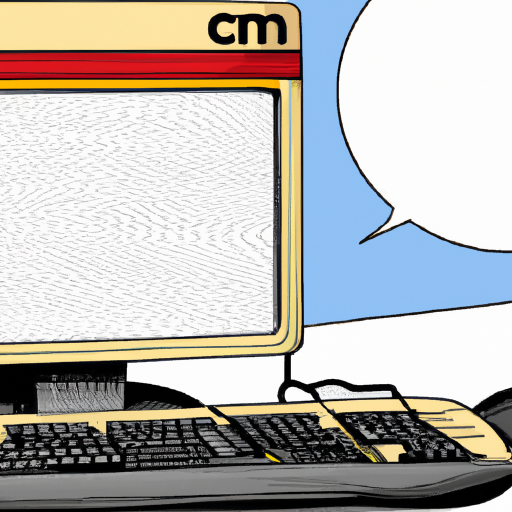How to Force Delete a File in Windows OS
This article will help you learn how to permanently delete a file from your Windows computer, even if you can't access it normally. It's an easy, straightforward guide to follow for removing those pesky stubborn files!

When you need to force delete a file in Windows OS, it can be a difficult and frustrating task. The file may be stuck in a system folder, inaccessible, or otherwise unable to be deleted with the standard methods. Fortunately, there are several different ways to force delete a file and regain control of your system.
Option 1: Use Command Prompt
The most straightforward way of force deleting a file is to use the Command Prompt. Using Command Prompt, you can bypass the file's security permissions and delete it. To do this, open Command Prompt window. To open the window, press the Windows Key + R, type in “cmd” and press enter.
Once in the Command Prompt window, use the “del” command to delete the file. Enter the full file path of the file you want to delete in quotation marks, for example: “C:\Program Files\FileName.ext”. Then press enter. The file should have been deleted.
Option 2: Use Unlocker
If the above command doesn’t work, you can try using a third-party program called Unlocker. Unlocker is a free program that can be used to force delete files. To use Unlocker, download and install the program. Once it’s installed, right-click on the file you want to delete and select the “Unlocker” option.
The program will scan the file and display any processes that are currently using the file. Select the “Force Delete” option and the file will be deleted.
Option 3: Use Task Manager
Another way to force delete a file is to use the Task Manager. This can be useful if you’re trying to delete a file that’s in use by another program or process. To use Task Manager, press the Ctrl + Alt + Del keys simultaneously to open the Task Manager.
Once in the Task Manager window, select the “Processes” tab and find the process that’s using the file you want to delete. Right-click on the process and select “End Process”. This will force the process to stop and you’ll be able to delete the file.
Option 4: Use Safe Mode
If all else fails, you can try booting into Safe Mode. Safe Mode is a special mode of Windows that can be used to troubleshoot and repair system issues. To boot into Safe Mode, press the Windows Key + R and type “msconfig”. Select the “Boot” tab and check the box next to “Safe Boot”. Then press “OK” to save the settings and restart your computer.
Once in Safe Mode, you should be able to delete the file. To delete the file, right-click on it and select “Delete”. The file should now be deleted.
These are just a few of the ways that you can force delete a file in Windows OS. Each method has its own pros and cons and you may have to try a few before you find the one that works. If all else fails, you can always contact a professional for help.
Terms of Service Privacy policy Email hints Contact us
Made with favorite in Cyprus